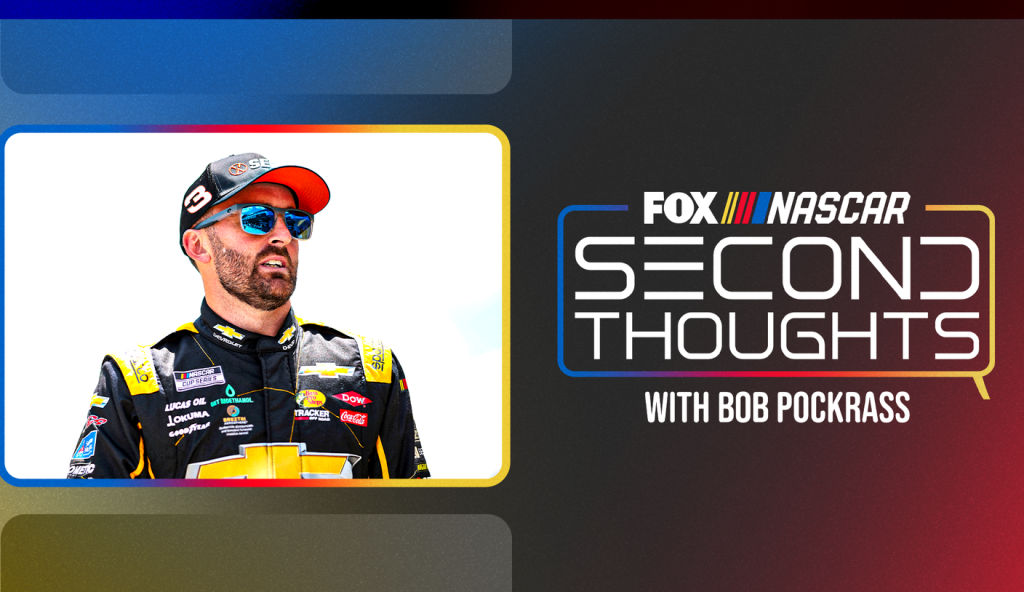An appeals panel appointed by NASCAR ruled against Austin Dillon and Richard Childress Racing (RCR), an outcome that was not particularly surprising. NASCAR had reversed Dillon’s automatic playoff spot following his win at Richmond where he had controversially knocked into the back of Joey Logano before turning Denny Hamlin on the final turn of the race. NASCAR did not penalize Dillon immediately, but a few days later issued him a 25-point penalty and revoked the playoff position. The rules cited to justify this decision included the organization’s behavioral policy and its ability to penalize drivers for “wrecking or spinning another vehicle” and actions that are “detrimental to stock-car racing.” NASCAR’s general procedures also allow for it to penalize any member whose actions are found to violate NASCAR rules or hamper the sport.
The appeals panel, comprising three non-NASCAR employees selected by a NASCAR-appointed employee, has the authority to overturn a penalty if it determines that a violation did not take place or the penalty was too harsh. However, the panel is unable to dismiss any section of the penalty if a violation is identified. They can merely adjust the penalty within the confines of the rulebook. When discussing playoff eligibility, it’s a binary proposition: a driver is either eligible or they’re not. So, if the panel decides that a violation did happen, removing it as part of the penalty becomes difficult.
Dillon’s violation of the rules, as determined by NASCAR, is difficult to dispute. An argument could be made that NASCAR had not penalized contact for similar instances in the past, thus setting a precedent that Dillon did not violate the rules by causing a wreck. The argument here is that NASCAR had previously considered such incidents as not detrimental to the sport. It is unusual, however, for two drivers to be wrecked by the winner, intentionally or otherwise, in the final laps of an oval race.
Dillon has defended himself by stating that he did not intend to wreck Hamlin and was only aiming to reach the finish line. Hamlin, on the other hand, suggests that the data shows Dillon was attempting to cause a collision. The interpretation of the data can vary, but the criterion at a NASCAR appeal hearing is “more likely than not”, not “beyond a reasonable doubt.” Few individuals in the garage who are not affiliated with RCR would believe Dillon’s contact with Hamlin was wholly unintentional.
It’s necessary for RCR to appeal. The potential difference of 15 spots in the standings between making the playoffs and where Dillon currently stands could represent over $2 million in payouts. This is due to the impact a team’s final standings have on the amount NASCAR pays a team over the next three seasons. This difference could also affect bonuses owed to the team from sponsors.
Despite this, the appeals process is not just a dispute over a gray area in the rulebook, or the legality of a part or component. The matter is behavioral, and NASCAR’s rulebook gives it full discretion in such cases. RCR is likely to face continued difficulty as it takes its appeal to NASCAR’s Final Appeal Officer, Bill Mullis, in the coming days. Pockrass, who covers NASCAR news for FOX Sports, has decades of experience reporting on the motorsport industry and has covered more than 30 Daytona 500s.


